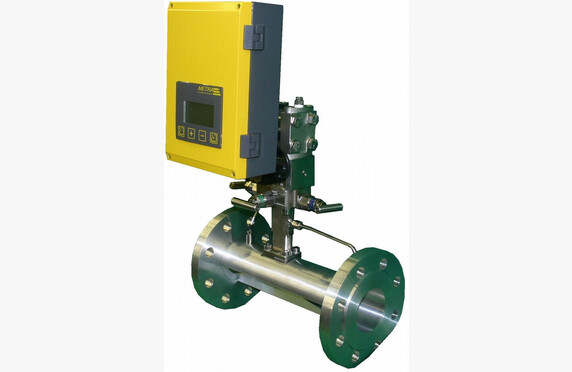What is differential pressure-based flow measurement?
When the medium is constricted, the pressure difference is increased. By measuring this pressure difference and relating it to the density of the medium and the pipe size used, the flow rate can be calculated using the pressure difference.
The measurement is suitable for liquids, gases, and vapours.
Selection of the differential pressure flow meter
Differential pressure measurement is an old, comparatively simple method of flow measurement.
Our BOPP&REUTHER and METRA differential pressure devices can be delivered either as separate installations or compactly with the differential pressure transmitter installed directly in the measurement run.
In billing applications, measurement is primarily carried out using methods in accordance with the standard SFS EN 5167.
The measurement methods in accordance with the SFS EN 5167 standard are:
- orifice plate (constriction plate)
- flow nozzle (ISA-1932)
- Venturi nozzle
- Venturi tubes
The standard specifies:
- the structure and manufacturing method of the pressure device
- the flow rate calculation equation
- the discharge coefficients for differential pressure devices for various orifice ratios and measurement methods
- the expansion factor for gaseous media
- the straight-run lengths before and after the differential pressure device
In few processes are pressure and temperature constant. For this reason, the medium’s density ρ must be compensated based on temperature and pressure. Compensation can be done either directly in the differential pressure transmitter or by using a separate compensation unit.
Metal expands when heated. In billing applications, temperature changes are taken into account by adjusting the size of the differential pressure meter’s flow opening based on temperature measurements and a pre-programmed thermal expansion coefficient.
Optionally, METRA’s differential pressure transmitters can be equipped with an automatic zero point calibration module. This significantly prolongs the maintenance of measurement accuracy and reduces the need for device calibration.




